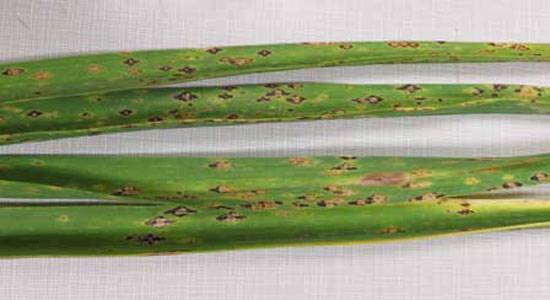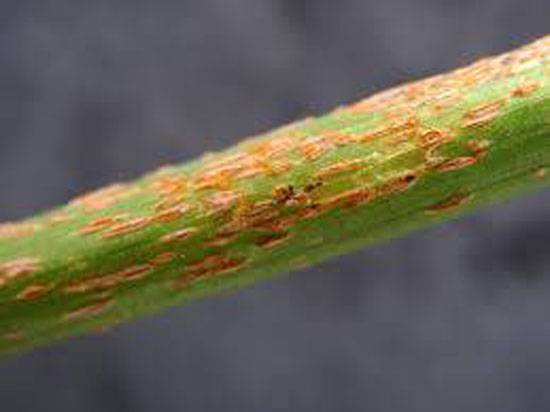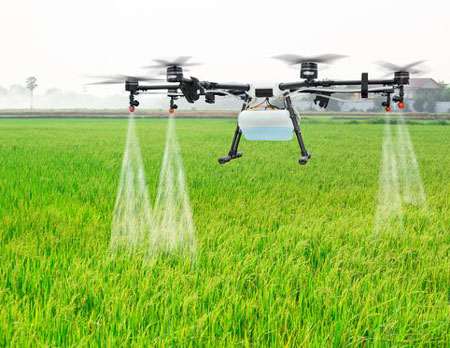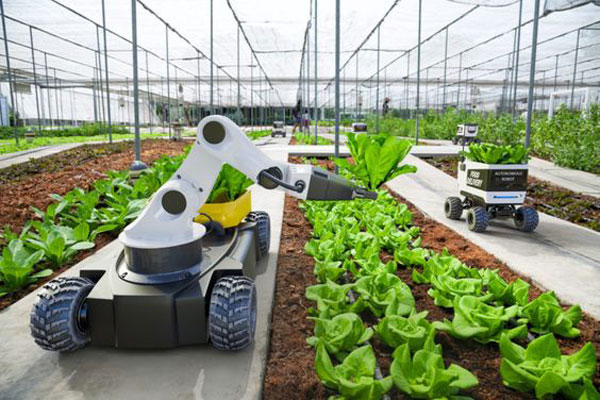Onion
Rust

Puccinia porri
Fungal Disease

Puccinia porri
Fungal Disease
Onion rust, caused by the fungal pathogen Puccinia allii, is a disease that can significantly impact onion crops, particularly in regions with cool, moist weather conditions. While rust is not commonly observed in India, it poses a major threat to onion production in other parts of the world.
Pathogen and Environmental Conditions
The pathogen Puccinia allii is part of a complex group of rust species, sometimes referred to by different names such as P. porri, P. mixta, P. blasdalei, Uromyces ambiguous, and U. durus. It thrives in cool weather, with temperatures between 14º and 24ºC being ideal for disease development. The optimal conditions for infection occur at around 15ºC when there is 100% relative humidity for at least four hours.
Symptoms and Disease Progression
The disease begins with the appearance of small flecks, about 1 to 2 mm in size, on the onion leaf blades. These flecks gradually enlarge into oval or diamond-shaped pustules that measure 3 to 5 mm and have a reddish to dull-orange coloration. The pustules typically form on older leaves first, spreading to younger leaves as the infection progresses.
As the lesions mature, they produce copious amounts of reddish spores (urediniospores), which are dispersed by the wind. Later in the growing season, black survival spores (teliospores) develop within the pustules, giving the lesions a darker appearance. In severe infections, the pustules may completely cover the leaves, causing them to turn chlorotic (yellow), dry out, and eventually die.
Impact on Crop Yield
Severe rust infections can result in reduced bulb size and quality due to the loss of healthy leaf tissue. The death of infected leaves reduces the plant's ability to photosynthesize, leading to stunted growth and smaller bulbs.
Management
Onion rust is typically managed through the use of fungicides and by ensuring proper crop rotation and spacing to reduce humidity around the plants. While it is not commonly observed in India, monitoring for this disease is important in regions where conditions are favorable for its development.




